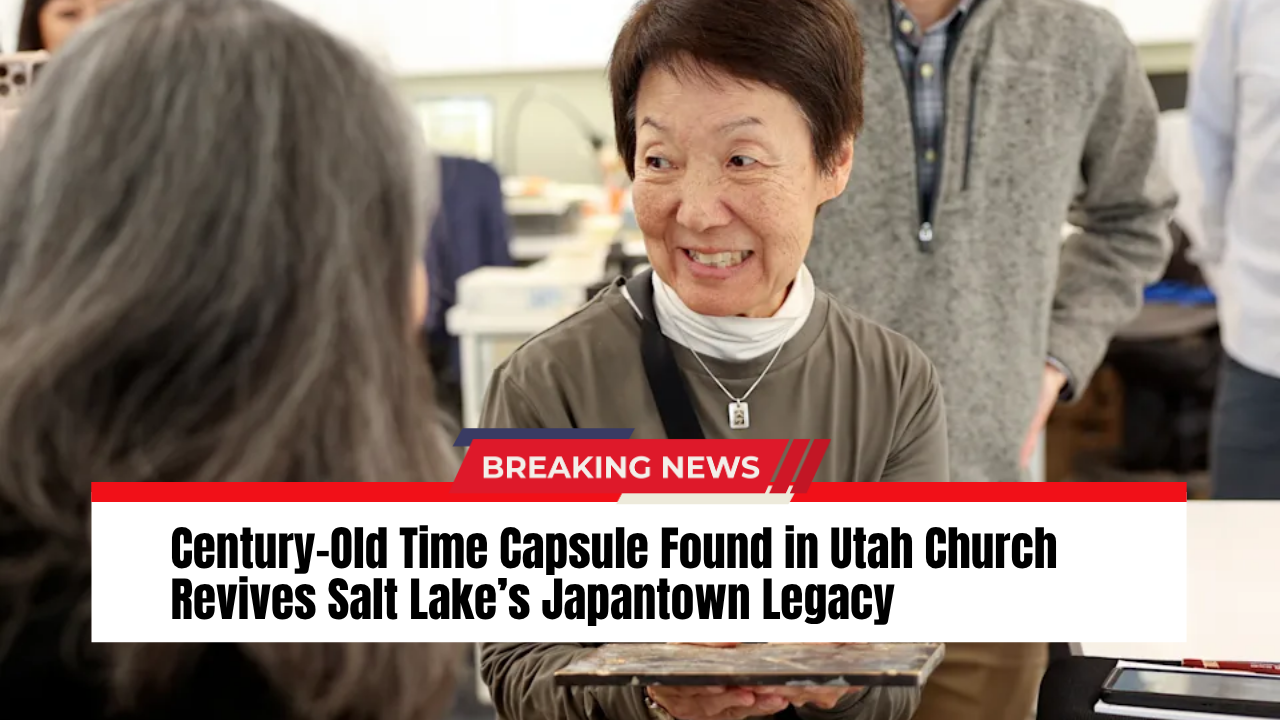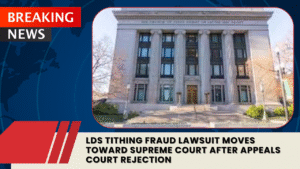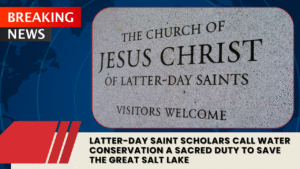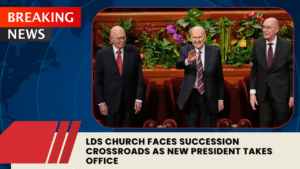A century-old mystery hidden inside the walls of a historic Japanese church in Salt Lake City has brought a forgotten community back to life — at least in spirit.
During a careful restoration project, elders at the Japanese Church of Christ, one of only two surviving buildings from Salt Lake City’s once-bustling Japantown, discovered a 100-year-old time capsule sealed in the church’s cornerstone. The small metal box, packed with relics from early Japanese immigrants, offers a powerful reminder of faith, perseverance, and cultural identity in a neighborhood long consumed by urban development.
A Hidden Treasure from 1924
The discovery began with a hunch. Lorraine Crouse, a third-generation church member and historian, suspected that the congregation’s founders may have hidden a time capsule during the church’s dedication in 1924. Using radar scans, volunteers confirmed the presence of a trapezoidal metal box encased in concrete.
After carefully drilling through brick and rebar, church elders lifted the box out — revealing hand-sewn flags, Japanese and English Bibles, local newspapers, church documents, and a glitter-trimmed list of Sunday school teachers.
“You see the thoughts, the hopes, and the faith of people from a community over 100 years ago,” said Rev. Andrew Fleishman. “What they hoped for is still continuing to happen in the heart of Salt Lake City.”
Personal Stories Spanning Generations
Among the most moving artifacts was a Japanese-language Bible belonging to Lois Hide Hashimoto, a founding member who immigrated from Japan in the early 1900s. Inside, her mother had written:
“To Lois Hide from her mother when she started to America. 20th June, 1906. ‘The Lord is our strength and refuge.’”
More than a century later, Hashimoto’s grandchildren, Joy Douglass and Ann Pos, held the Bible for the first time. Another Bible, placed in the box by Lois’s son Eddie Hashimoto when he was just 13, was also recovered — linking three generations of the same family to the church’s founding moment.
Echoes of a Vanished Neighborhood
For elder Lynne Ward, opening the capsule brought back vivid memories of her childhood in Salt Lake City’s Japantown, once a lively district filled with fish markets, bakeries, hotels, and restaurants owned by Japanese families.
“I remember visiting the market with my mother,” she said. “The shopkeeper would always give me those chewy citrus candies wrapped in rice paper — the kind that melted in your mouth.”
At its peak in the early 1900s, Japantown thrived as Utah’s mining and railroad boom attracted thousands of Japanese immigrants. But its fortunes shifted during World War II, when many residents and community leaders were detained in internment camps. Later, in the 1990s, Salt Lake City’s Salt Palace Convention Center expansion wiped out most of the remaining Japanese businesses.
Today, only two religious centers remain — the Japanese Church of Christ and a nearby Buddhist temple — surrounded by hotels, sports arenas, and the towering Smith Entertainment Group’s new sports and entertainment district.
Preserving the Past Amid Modern Growth
While the surrounding city transforms, church members are determined to keep Japantown’s history alive. The single-story church, listed on the National Register of Historic Places, now stands as both a spiritual home and a cultural landmark.
Developers have pledged to respect the site’s heritage, but community leaders fear that modernization could erase what little remains of the city’s Japanese legacy.
“Our founding members believed our community would still be here 100 years later to find that time capsule,” Ward said. “Now it’s our turn to believe we’ll be around for another hundred more.”
She and other members are already brainstorming what to include in a new time capsule — one that will tell the story of today’s Japanese Americans in Utah to the next century’s seekers.



